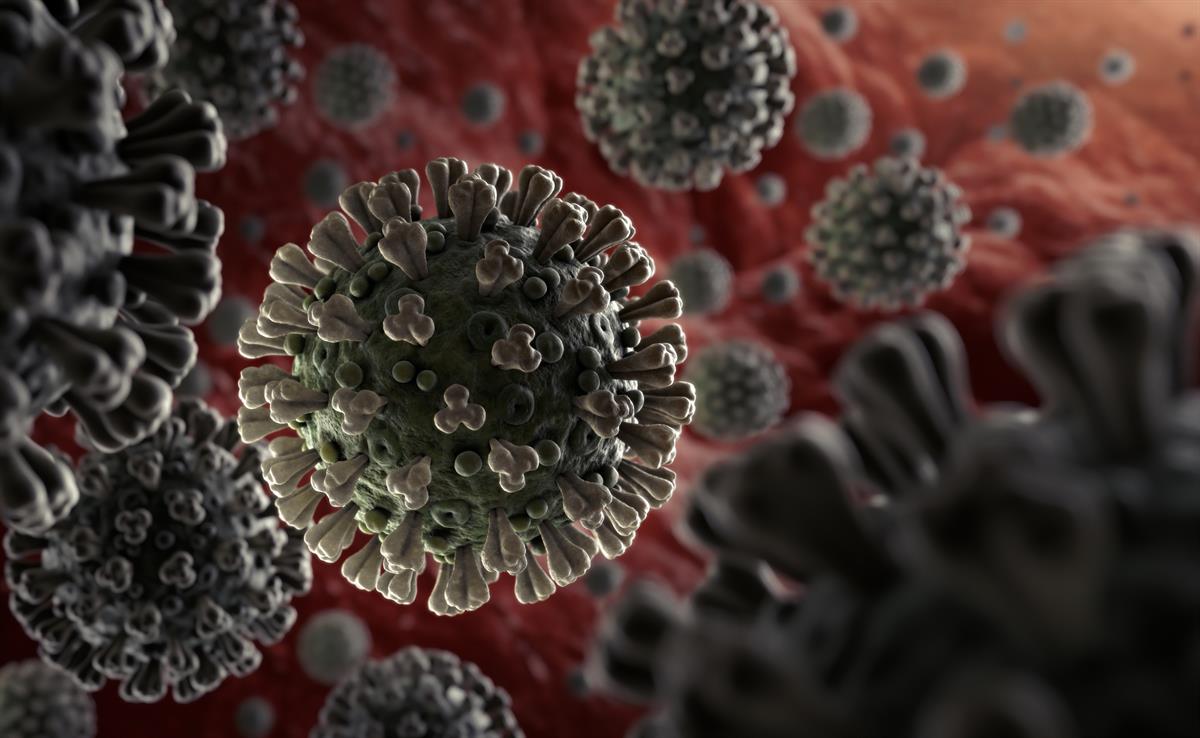
The prolonged lockdown in China from January 2020 to March 2020 to tackle the deadly coronavirus pandemic disrupted the global supply chains in various sectors, including in the pharmaceutical sector.
[You may read: Impact of COVID-19 on MSMEs]
China is the world’s leading producer and exporter of bulk drugs and intermediates by volume. Most pharma companies around the world import a bulk of their raw materials from China.
As many countries are looking to reduce their dependence on China, India can utilize this crisis as an opportunity to emerge as an alternate supplier of bulk drugs and intermediates.
[Bulk drugs or Active Pharmaceutical Ingredients (API) are raw materials used to manufacture medicines. For instance- Paracetamol is the API for Crocin tablets. Intermediates are materials used to produce these bulk drugs]
India accounts for about 10% of the world’s pharmaceutical production by volume and 1.5% by value.
India is the largest exporter of generic drugs in the world. Generic drug exports account for 20 % of total global exports in terms of volume. Apart from generics, India also caters to about 50 % of global vaccine demands.
[When a pharma company invents a new drug, it is entitled to patent the product for a certain number of years. After the patent expires, other companies are allowed to manufacture the drug. These are called generics, that is, medicines which are off-patent. Prices are much lower for the generic drugs. Many countries and international organisations like UNICEF, UNITAID, etc are heavily dependent on India for quality, affordable generic drugs. ]
Despite being a ‘pharmacy of the world’, India imports more than 60 % of its API requirements to manufacture essential medicines. And, China accounts for around 70 % of its total imports of APIs and intermediates.
[During the 1990s, India was self-reliant in the manufacturing of bulk drugs/ APIs. In 1991, India imported only 0.3% of its active ingredients from China. But, China killed the indigenous production by supplying APIs at a much lower cost than India. China could do it because of economies of scale and aggressive Government support for capex, subsidised interest, free land, electricity, and water. This resulted in lowering the cost of production by over 40 %.]
Due to cost-effectiveness, China became the world’s leading producer and exporter of bulk drugs and intermediates.
But, the coronavirus outbreak has exposed the over-dependence of the global pharmaceutical sector on a single supplier for raw materials to manufacture essential medicines. Though China resumed its operations from April, it will take time to reach peak production capacity.
The pandemic has also underlined the importance for states to ensure public health security for all.
India can utilise this crisis to its advantage by establishing itself as a dominant exporter of APIs and affordable drugs as the world looks to diversify its supply chains. Established API companies like Divi’s Labs are already expanding the capacity to be able to grab this opportunity.
Recently, many countries like the US, Brazil, etc reached out to India to export antimalarial drug Hydroxychloroquine.
The Government has recognized the potential of India’s pharma industry and the need to reduce dependence on Chinese APIs/ bulk drugs.
The Government approved an Rs.3000 crores project to set up 3 bulk-drugs parks in mid-March. The government has also identified 53 bulk drugs and intermediates whose output will be boosted on priority by providing a 20 % financial incentive for the next 6 years.
This is expected to reduce the cost of manufacturing of bulk drugs, which are in turn used for manufacturing critical medicines.
Updated on 24/07/2020: On 21st July, the Government of India formally notified 3 production linked initiatives related to Pharma worth Rs.12000 crore to boost local manufacturing Of API, Medical Devices And Bulk Drugs
Scheme for domestic manufacturing of API- Under this scheme, around 53 active pharmaceutical ingredients (APIs) — covering 41 products — have been identified by the government, for which companies will be eligible for financial incentives, provided they set up indigenous greenfield manufacturing. The financial incentives will be provided for six years….
Scheme For Promoting Domestic Manufacturing of Medical Devices: The government also notified a Rs.1800 crore Production Linked Incentive Scheme for Promoting Domestic Manufacturing of Medical Devices. Under the Scheme, financial incentive shall be given to selected companies at the rate of 5% of incremental sales (over Base Year) of goods manufactured in India and covered under Target segments, for a period of five (5) years i.e. from FY 2021-22 to FY 2025-26….
Scheme For Promoting Bulk Drug parks:..For selected parks, financial assistance to the tune of 70 per cent of the project cost of common infrastructure facilities will be provided. In the case of Northeast states and hilly states (Himachal Pradesh, Uttarakhand, Union Territory of Jammu & Kashmir, and Union Territory of Ladakh), financial assistance will be 90 per cent of the project cost. The total financial outlay of the scheme is Rs 3,000 crore.
Source: SwarajyaMag
[You may also read- Companies to move manufacturing out of China- Will India benefit?]
Economyria is now on Telegram. For a simplified analysis of topics related to economy/ business/ finance, subscribe to Economyria on Telegram
Thank us by sharing this article with your friends 🙂
References: